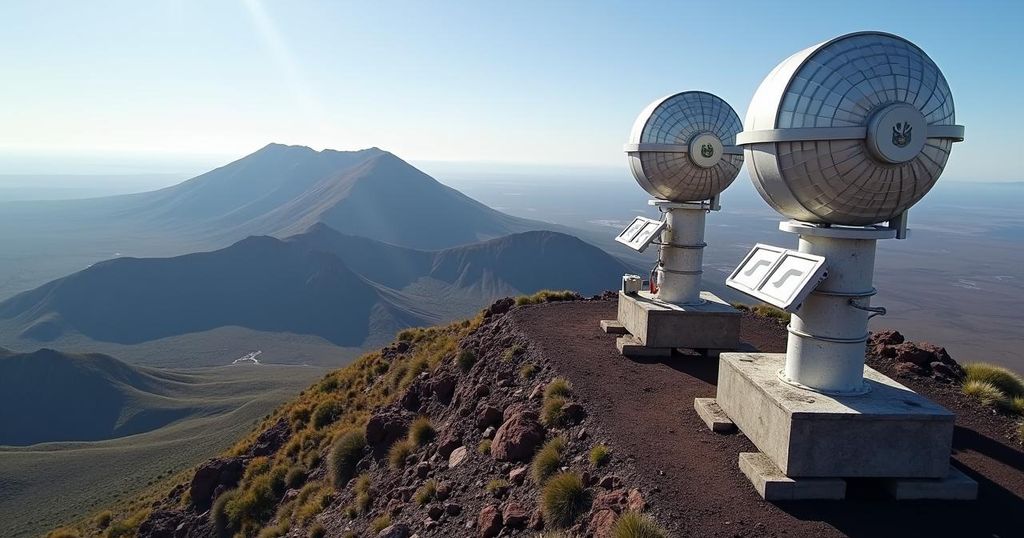Increased Seismic Activity at Mount Adams Prompts Enhanced Monitoring
Scientists have observed an unusual spike in seismic activity at Mount Adams, Washington, recording six earthquakes in September 2024 alone, the highest monthly total since monitoring began in 1982. In response, three temporary seismic stations are being deployed to monitor the activity, although there is currently no indication of imminent danger according to the USGS.
In September 2024, heightened seismic activity at Mount Adams in central Washington has prompted scientists to take action. Normally, the volcano experiences seismic events every two to three years; however, six earthquakes were recorded in September alone, marking the highest number of seismic occurrences in a single month since monitoring commenced in 1982. Currently, Mount Adams is serviced by a solitary permanent seismic monitor. To enhance data collection regarding the recent increase in seismicity, researchers are deploying three temporary seismic monitoring stations in the vicinity of the volcano. The United States Geological Survey (USGS) Cascades Volcano Observatory has stated that there is no immediate cause for concern regarding the earthquake activity. The rapid deployment of these instruments will be crucial in determining whether further action is necessary by the USGS and the Pacific Northwest Seismic Network. Positioned in south-central Washington, about 50 miles southwest of Yakima, Mount Adams is classified as a high-threat volcano due to its history of lahars—mudflows that can occur amid both eruptive and non-eruptive periods. Historically, lahars have posed significant risks to nearby communities, with notable events documented over the past several millennia. Despite these concerns, explosive volcanic activity has been rare at Mount Adams, with the last eruption occurring between 3,800 and 7,600 years ago. Overall, Mount Adams remains the largest active volcano by size and volume in Washington state.
Mount Adams is an active stratovolcano located in the Cascade Range of Washington state, specifically in Skamania County. It is notable for its significant height, ranking as the second highest mountain in the state, and is classified as a “high-threat” volcano by the US Geological Survey (USGS). The classification is based on an analysis of historical eruption patterns and potential effects on nearby populations and infrastructure. Although historically eruptions have been rare and generally non-explosive, the potential impact of landslide-generated lahars poses a threat to local communities. Recent seismic events at the volcano have highlighted the importance of continuous monitoring and immediate scientific response to assess volcanic activity and potential risks.
In conclusion, the recent surge in seismic activity at Mount Adams has led scientists to enhance monitoring efforts in the area. Despite the increase in earthquakes, currently, there is no immediate risk to the public. The establishment of additional temporary monitoring stations will allow for more comprehensive data collection and analysis, ensuring that any necessary preventive measures can be effectively implemented. Moreover, the historical context of lahars and potential volcanic activity underscores the need for ongoing vigilance and research related to Mount Adams.
Original Source: www.fox13seattle.com




Post Comment